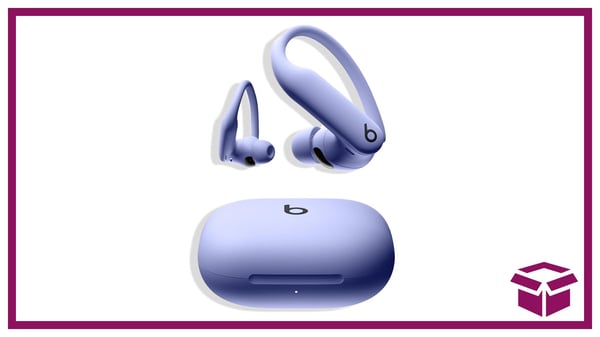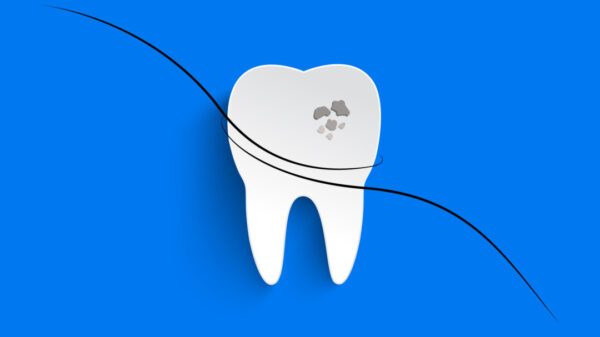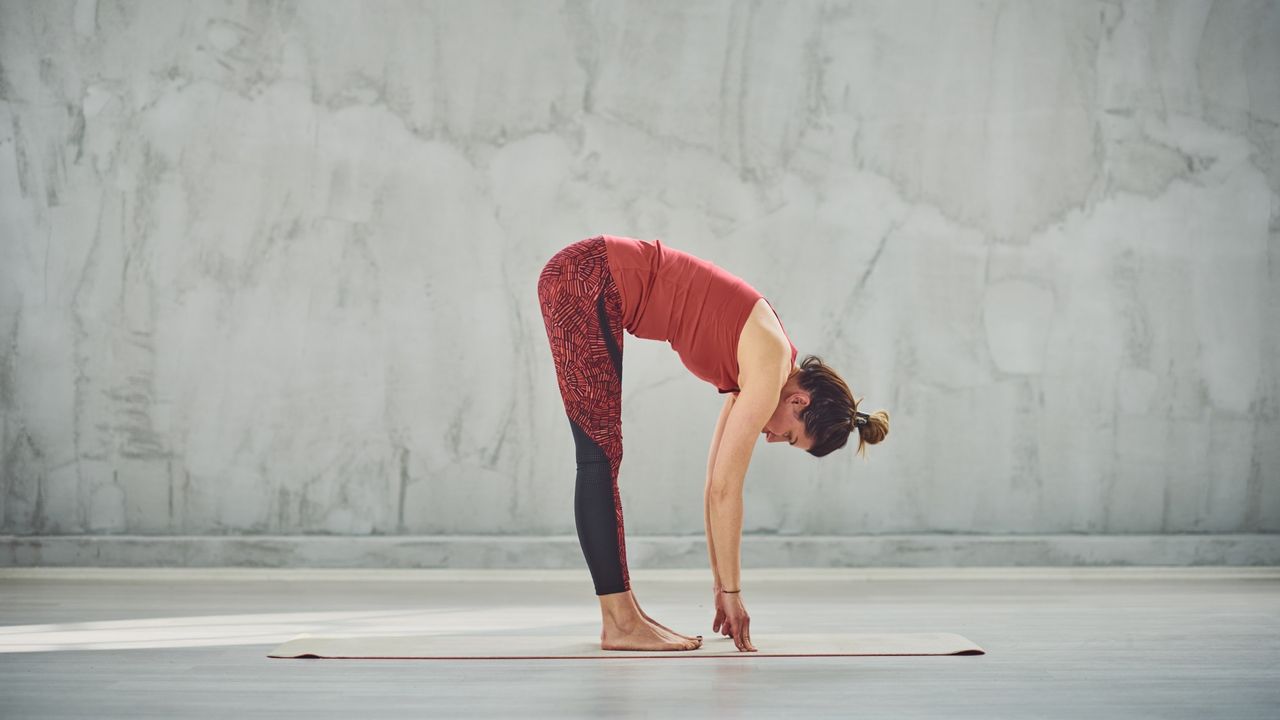The Pilates roll-down has emerged as a highly regarded two-minute exercise aimed at enhancing spinal health and mobility. According to Abby McLachlan, founder of the Pilates and yoga studio East of Eden, this simple movement serves as a powerful reset for the spine, offering benefits such as improved posture and reduced tension. It can be integrated seamlessly into the beginning or end of Pilates classes, promoting a sense of calm and focus for practitioners.
Understanding the Pilates Roll-Down
The Pilates roll-down is a foundational exercise rooted in the original teachings of Joseph Pilates. The movement involves gently articulating the spine to facilitate mobility while engaging the core muscles. To perform the roll-down effectively, follow these steps:
1. Stand with your feet hip-distance apart.
2. Begin by tucking your chin and articulating your spine forward, allowing your arms to hang naturally.
3. Slowly lower your fingertips toward the ground, bending your knees as needed, until you achieve a forward fold.
4. Hold the position and focus on your breathing.
McLachlan notes that the roll-down is part of a larger exercise from Pilates’ original 34, which typically includes a push-up once the practitioner reaches the floor. Today, many instructors incorporate this element at the start or finish of their classes to provide a restorative experience for the spine.
Benefits of the Pilates Roll-Down
The roll-down is not just a simple stretch; it carries numerous benefits for the body. According to McLachlan, it significantly enhances spinal flexion and mobility while utilizing the abdominals to control the movement. This exercise is particularly useful for alleviating back and neck tension, making it a valuable addition to any fitness routine.
“It’s a really good exercise for spinal flexion and mobility,” says McLachlan. “As a Pilates teacher, you can see a lot about how someone moves if you ask them to perform a roll-down.”
Achieving Proper Form
To maximize the effectiveness of the roll-down, McLachlan provides some key tips on maintaining proper form. It’s essential to distribute pressure evenly across your feet while keeping them hip-width apart. She advises that knees should be soft or slightly bent, avoiding hyper-extension.
“Ribs knitted in and down, shoulders back and down, and chin tucked in,” she explains. This position helps keep your head aligned with your spine.
Additionally, practitioners should focus on “switching on” their lateral breathing, inhaling through the nose to expand the ribs while exhaling to engage the pelvic floor. As you articulate forward, move one vertebra at a time, utilizing your core to guide the motion.
For visualization, McLachlan suggests imagining rolling over a beach ball or feeling a gentle push in the stomach to encourage rounding through the spine.
The Impact of Daily Pilates Practice
Curious about the effects of daily Pilates? McLachlan asserts that incorporating Pilates into your routine can lead to improved posture, core strength, and overall flexibility. The emphasis on breathing during practice not only enhances physical performance but can also promote better breathing patterns and reduce stress.
“It is safe to do daily Pilates, and it can be combined with walking, weight training, yoga, and many other modalities,” she states. Although rest days are important, McLachlan emphasizes that even on lighter days, performing a few roll-downs and gentle spinal rotations can be beneficial.
Importantly, the roll-down does not require a significant time commitment. Just a few repetitions can provide a refreshing reset for the body.
In conclusion, the Pilates roll-down stands out as an effective exercise for anyone looking to enhance their spinal health and overall mobility. With just two minutes, individuals can incorporate this movement into their daily routine, reaping the benefits of improved posture and reduced tension while fostering a greater sense of calm and focus throughout their day.

































































